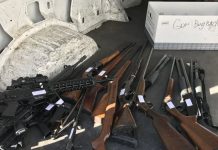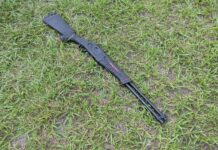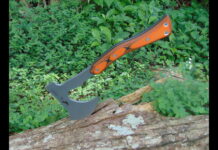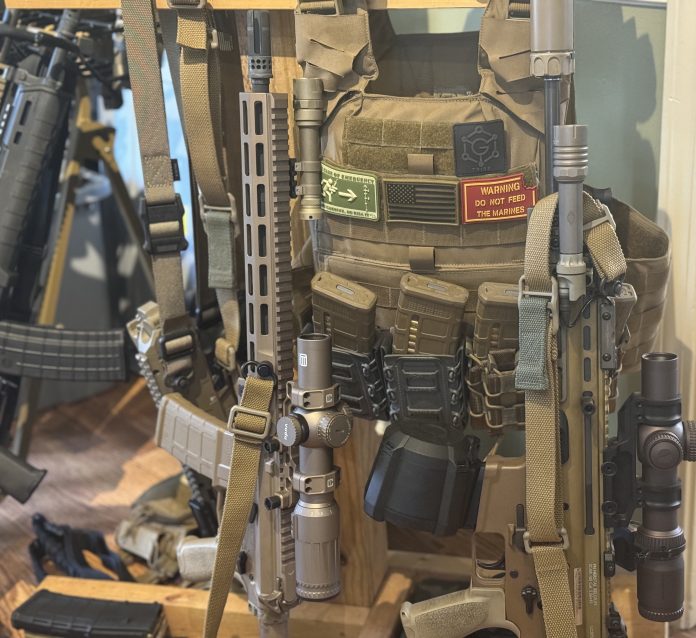
They saying goes, “You can’t buy skill/performance/result.” However, that isn’t entirely true. Rather it is an oversimplification of the process of developing skills and using proper gear in what is, for all practical purposes, a martial art. Shooting is a martial art, if you treat it like a martial art then both the skill and gear start to make more sense in context.
So can you buy performance? Yes. Not your performance, but you can buy a range of expected performance within proficient operation. Your gear will do what you direct it to, as well as you direct it, until it reaches its performance limit.
What is a Performance Limit?
You will hear this generalized as ‘quality’, and that is not a bad generalization. ‘Quality’ gear will be very difficult to make exceed its maximum performance limit and cause a failure. Failures will be rare and in many instances predictable based on how long or often the gear is used and maintained.
Example: Inexpensive AR-15 offerings often fire 30 rounds of 5.56 roughly as well as the top priced brands, especially within that 100 yard envelope most shooting is done. Where differences start to show is when we start hitting high round counts and the less expensive brands exceed their ‘as assembled’ performance limits. We can also see them start to part way on results at the ends of effective range and in less that awesome weather or outdoor conditions.
Now you can take steps on some of these, like swapping buffers, staking proper parts that are skipped to save costs at the factory, and critically inspecting the rifle prior to use and fixing faults. The now worked on AR will likely perform closer to the higher quality offering for longer. But it won’t match it. It can’t. The materials and assembly quality will not hold up. However if you never, or never have to, strain equipment to or beyond its performance limit, it will not fail.
So the question becomes how forgiving do you want that performance limit to be? The next questions are which specific items in your purchasing will give you that performance envelope?
Buy gear to a quality level that you cannot reasonably exceed and you will avoid repeatedly buying gear that fails. Your bargin parts bin gun is only “jUst az gewD” as a quality offering in performance envelopes that challenge neither gun. Your dollar store screw driver set will do low demand jobs just as well as a premium one, until you need to stress it to the level the premium one was actually designed for and the dollar store one never was.
The Law of Diminishing Returns
The title image shows two of my carbines, my SCAR 16 and my URG-I M4gery (it isn’t a clone, but its close enough performance and parts wise). [Older pics below]
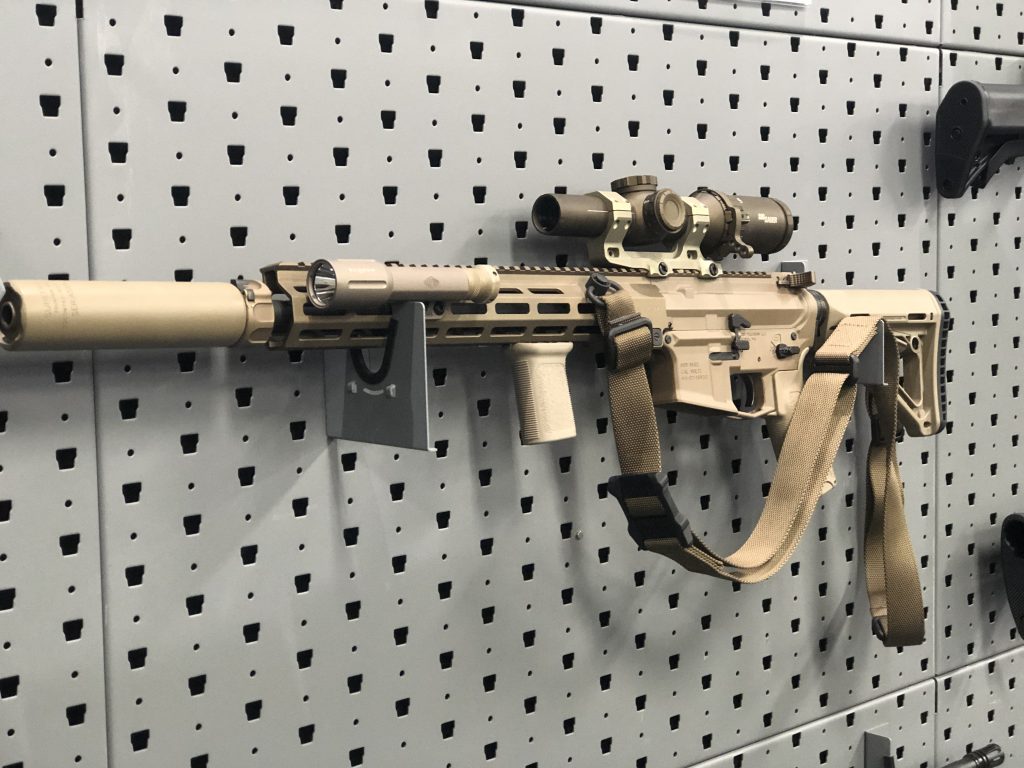
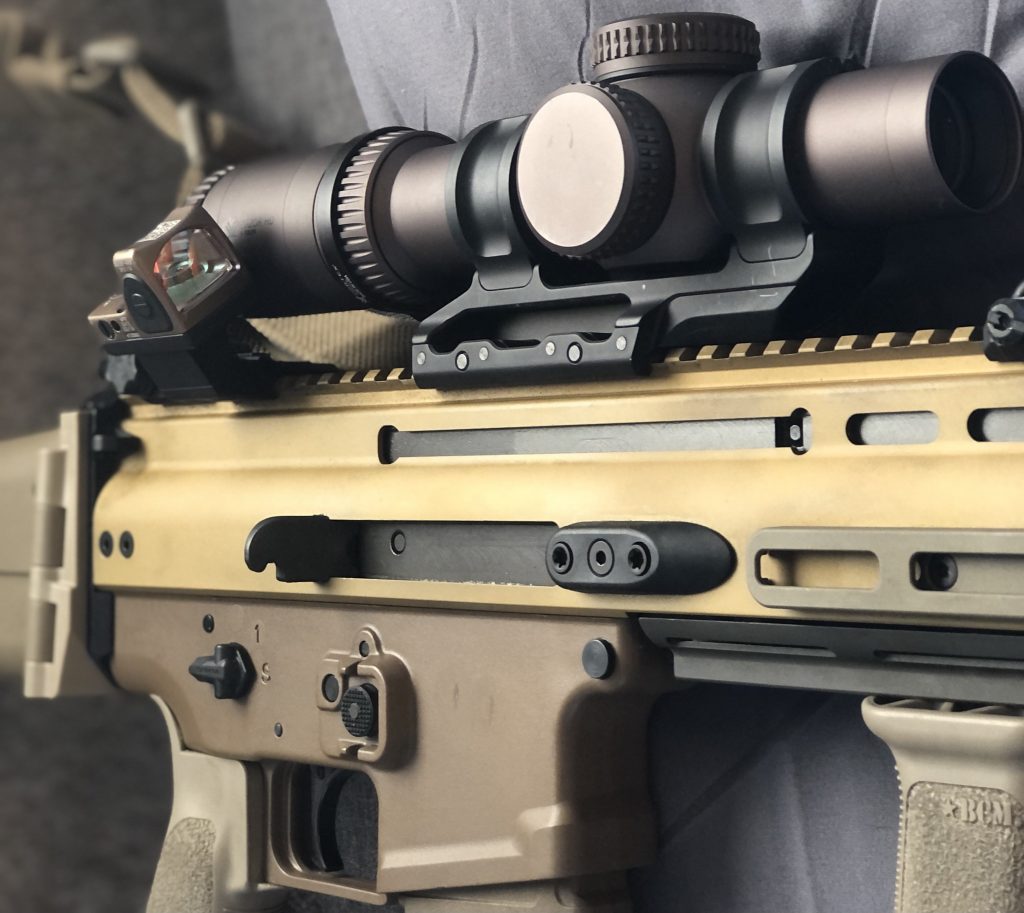
Both of these rifles are 5.56 NATO, 1:7 twist CHF barrel, 14.5″ barrel length, duty/fighting grade rifles. Both are sporting white light and 10x LPVO optic suites. Both have upgraded premium triggers, internal, and external feature sets to match my preferences. Both are ready to run a high quality suppressor.
One is twice the price of the other.
Does that $2:1 spend offer me enough increased performance to justify the cost on its own?
No. The law of diminishing returns comes for us hardest at the cutting edge of performance, especially in well developed fields.
By most objective measures the roughly $5,000 shelf price my URG-I M4gery will do everything that my roughly $10,000 (yes, I added it up) off the shelf then modded SCAR 16 will. We aren’t talking a ‘budget’ build, we’re talking high quality internals, optics, and ancillaries.
So why get a SCAR? Who can ‘justify’ a SCAR, or [insert premium brand], when [objectively good performance brand] can fulfill all the requirements for less money?
Easy answer: Your preferences do matter.
I love the SCAR, it is objectively a fantastic rifle and subjectively my favorite for a number of reasons. Subjective enjoyment is why I can justify the price, parts, and work I did to get mine the way I want it. Don’t discount your tastes when selecting gear, that is an important factor. But it cannot be an influence that overrides your adherence to performance requirements. Requirement trump preferences.
“Mission Drives Gear” or Performance Requirements and Limitations Provide Your Selection Options
Budget > Needs > Wants.
You have an amount to spend. You probably have a preferred and a limit to the amount you will spend. You therefore have a budget for this gear item. It that budget does not yet match that gear item’s needs, you do not have the budget yet. I cannot emphasize enough that buying a substandard item to fulfill a need is substantially more detrimental than waiting, can cost you more in the long term, and can be hazardous if the quality is low enough compared to the needed specifications.
Now that isn’t saying don’t buy a less expensive item, a place holder, an inexpensive test, etc. The most expensive or most featured item also may not be the one that meets your final performance requirements.
If you are looking at getting into LPVOs but don’t ‘know your feelings’ on them yet, buying something like the SLX 1-6 Nova from Primary Arms is a inexpensive way to test and evaluate the concept rather than going all in on a S-VPS T6T or a Razor II-E for four times the price in the same focal plane and magnification range. Once you determine that gear selection has value as a concept, then you can buy for the full set of performance requirements if they are more demanding than the proof of concept item was. They may not be.
Once all the needs are met by an item, or selection of items, you than you can start selecting wants in addition to the needs until you feel comfortable with all three parts of the selection process. This maintains its importance for agency/organization buyers most strongly.
For individual buyers who are just buying for ourselves, want drives this selection process in a significant way. Why? Because almost everything above a certain base quality level fulfills the needs that we have.
Examples:
Need: Handgun for home defense.
You would be harder pressed to find guns today that do not have the required qualities and can mount a good flashlight in modern handgun offerings. Even optics, which are far newer, have a very well represented field. I can put a quality duty pistol, light, sight, and holster together for about $1,000 without trying too hard. $2,000 gets me nearly anything I could want. The market builds to this standard at present.
Need: Carbine w/suppressor for home defense, extended emergency defense, and high round count recreational shooting, training, competition, etc.
The requirement is more detailed but still overall generalized and fairly easily fulfilled by the vast majority of commercial AR and AR adjacent offerings, optics, lights, and suppressors. Want therefore tends to drive the selection to conclusion.
Almost everything would work, but you want a SCAR 17. You can afford a SCAR so you buy a SCAR 17. Nearly every optic will work, but you want an ACOG. You can afford an ACOG so you buy an ACOG. Repeat for a light. Repeat for a sling. Repeat for a belt and LBE. You end up with the gun you needed and wanted.
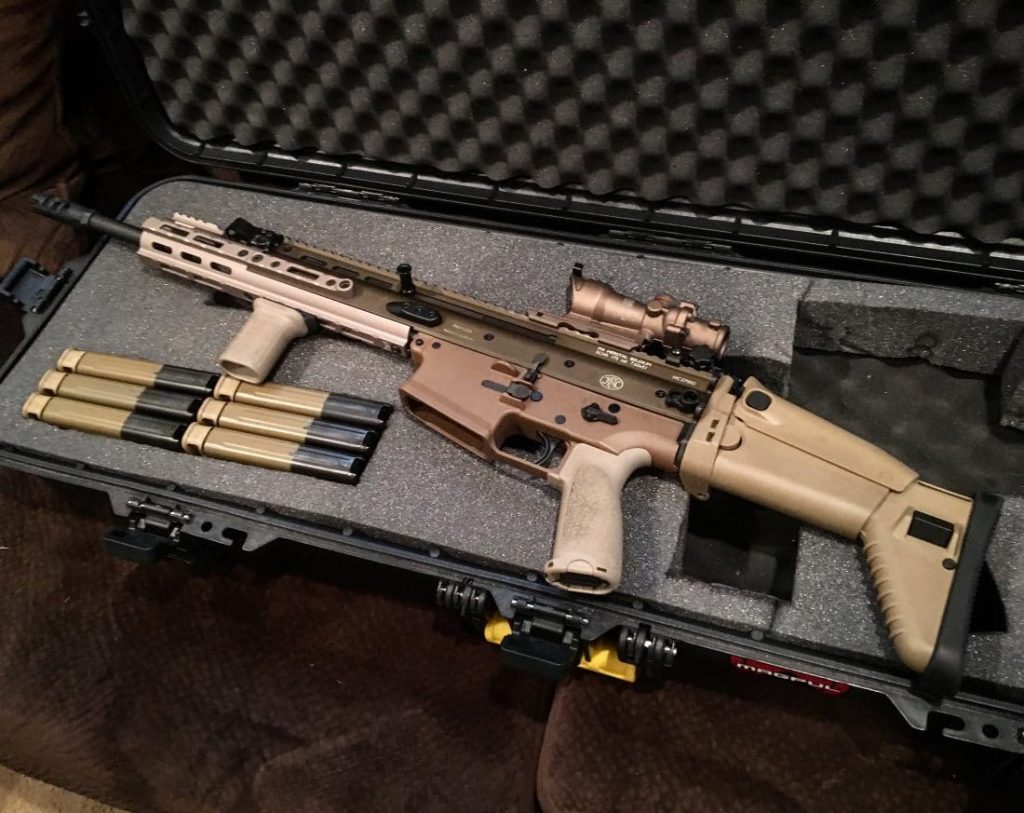
Want Shapes Final Selection
It is perfectly okay to just want a rifle, a handgun, a shotgun, or an optic just because you want it. Bleeding edge performance doesn’t have to be the driving factor so long as minimum capability is met. I bought the new EOTech VUDU 1-10x mostly out of curiosity, because they released it in my favorite color (tactical dirt tanodized), and because I had an open Badger 1.70″ heigh mount I hadn’t liked on my SCAR 17 that was also in the matching color and diameter. The scope fulfills every need and general preference I have for carbine optics at present and could additionally fill in a hands on experience gap I had for anyone who might ask about the 10x VUDU specifically. I like to, when able, speak from direct experience rather than inferred experience. I inferred I would be happy with the 10x VUDU based on experience with the EXPS and the 8x VUDU and made the purchase. In the future I will be able to speak directly on the topic of the 10x VUDU.
In short, I needed a carbine optic. The new VUDU 1-10x FDE met or exceeded every need I had for a carbine optic and met the wants/preferences of being an optic I hadn’t tried on the range yet, filled a mount I had available, matched the mount’s color and matched the rifle’s color, and allowed me to free up an optic for an incoming project you will see next year that matches that project nicely.
But at the end of the day several optics (several of those several being cheaper optics) other than the FDE VUDU 1-10x could have served the role. Even were I to insist on keeping the color a tan variant, at least three good options come to mind had I just needed ‘an’ optic because the rifle didn’t have one.
Now compare those simple sentence or paragraph generalized requirements to the details of the NGSW. The NGSW-R (XM7/SPEAR) and NGSW-AR (XM250/SIG MG68) specifically. It is 48 pages and still doesn’t cover all of the criteria of the various component systems, just the instructions to the 6 competitors for their rifle and their automatic rifle.
These substantial lists of details we, as general consumers, don’t lay out for our purchases do benefit us nonetheless. The market at large meets most or all of these needed details regardless of what we buy because that market is seeking to fill these requests and those like them. We benefit from these detailed organizational submissions because these requests help drive innovation and set standards in the defensive small arms field. We get a great deal of what we would otherwise have to spell out to a manufacturer spelled out for us by these organizational demands for development in the defensive and competitive fields.
Short version, first world militaries, cops, and competitors have done the heavy T&E lifting. We browse the results at our leisure.
Buy What You Need and Want, You Can Buy Your Performance
When it comes time to change coin into wares you still cannot buy performance as an end result. However you can buy all that is required to perform. You can buy the good gear. You can buy and utilize the time to train with the gear. You can buy the instruction to push your performance with the gear. That investment of money, time, and effort can and likely will result in the performance you want. We have that down well as a science.
But you won’t get it without spending properly in all categories to get there.
Shooting proficiency isn’t owning a gun. Shooting is a martial art.

